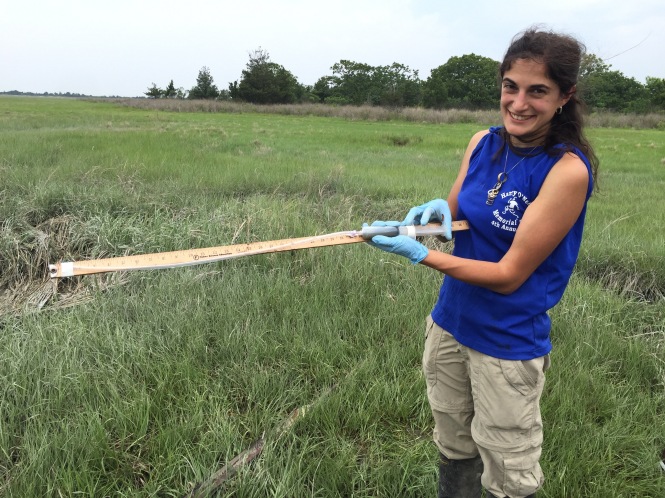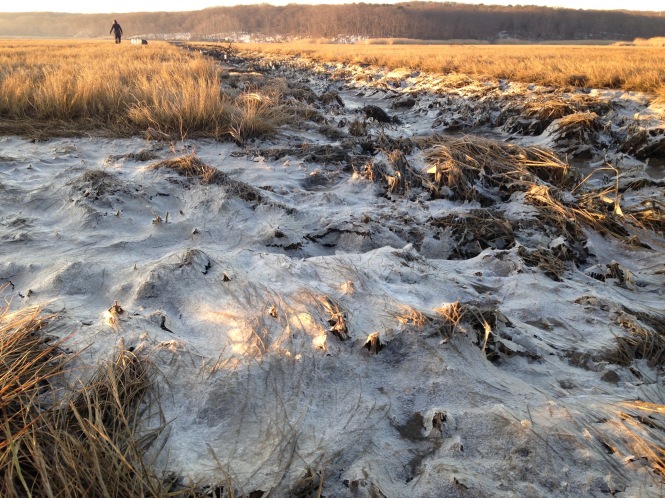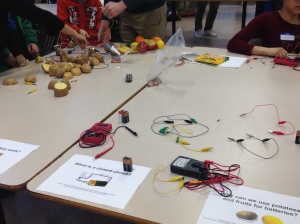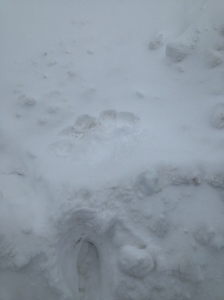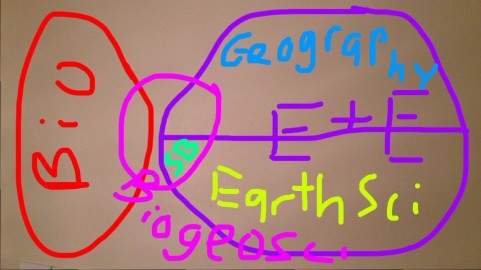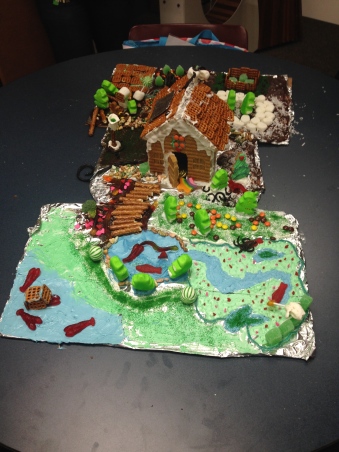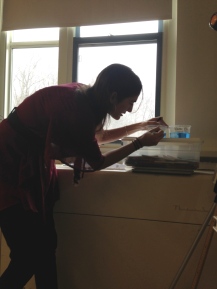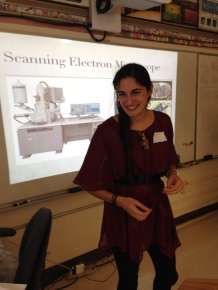I have known a fair amount of people, myself included, who have gone to sleep away camp. You suddenly find yourself spending every moment with a group of people from all over the country or world with only their reason for going to the camp in common (probably their parents wanting them out of the house). The beginning is butterflies of introductions, but as each interaction snowballs into the cascade of becoming friends, you soon realize you are simultaneously experiencing the ephemeral beauty that is camp; a life changing experience that can never be created again in quite the same way. Those were some of the best experiences of my life and I treasure those memories, but I, probably like everyone else, thought those were childhood experiences and I accepted their place in my life. I never expected to find myself at a science, sleep away camp for graduate students.

I just got back from two weeks at the Cary Institute of Ecosystem Studies taking the Fundamentals of Ecosystem Ecology (FEE). For some background, The Cary Institute is a very prestigious research institute (one of the few independent research institutes left) where experts in the field of Ecology are tackling critical environmental issues. Let me note that when I say experts, I don’t mean people who really understand their subject, I mean people who founded their entire field of study. Basically, the FEE course takes summer camp, throws in some of the most intelligent, interesting, profound, and caring teachers possible, and relates everything to your chosen field of study that is consuming an incredible amount of your life energy.
I lived at the institute for two weeks and every day we had a class in the morning and a class in the afternoon on different subjects in the field of ecology. They were all taught by different teachers and focused on the application of ecosystem studies. We studied multiple biogeochemical cycles (e.g. Carbon, Nitrogen, Phosphorus, etc.), primary and secondary production in terrestrial and aquatic systems, decomposition, urban ecology, data management, and a suite of fascinating special subjects. I was lucky to have taken some relevant courses on 1/3 of the classes, but the other 2/3 were completely new. Even in the 1/3 of classes I had background knowledge in, some of them came from completely different perspectives I had never considered and I re-learned the subjects all over again. One of my favorite examples of this was our lesson with John Cole, an expert on the carbon cycle. Last semester I took a class on the carbon cycle, but this lecture was brilliant. It addressed the carbon cycle in relation to what I would consider the oxygen cycle and immensely expanded my understanding of the subject my research is primarily based on. It was amazing.
Besides the incredible lectures and fundamental scientific articles, we each lead discussions about the readings after many of the classes. This was a fascinating process. Maybe it’s because we’re all slightly reserved science types, but it took us a week to really converse intellectually in a comfortable manner. Struggling through the initial awkward silences characteristic of the first few discussions, we were able to kickstart our conversations by breaking into smaller groups until we found our stride and could start to explore the extent of knowledge and opinions present in the room. By the end, these discussions were some of my favorite times. Partially because of the topics and perspectives, but a large part of it was because of how present everyone was. There was no where else to go, no one else to see, and no other work to be done besides the other work for this class. I haven’t experienced that since becoming an “adult.” Therefore, it didn’t matter how long the discussions went because everyone knew exactly what we were all going to do afterward, all walk back to Bacon Flats (our dorm) together and read. I, at least, have never been more present in a class and sincerely enjoyed the freedom it provided for reflection. We could explore, in depth, every topic we would normally only really consider for the middle half hour of an hour long class if we were lucky enough to have any class on the subject in the first place. There is no better way than this to internalize information, concepts, and ideas.

I also have to say that I could not have gone through this experience with a better group of people. All 19 of my fellow class mates were fantastic! The Institute did an amazing job of picking a diverse group of young, budding scientists who are all incredibly passionate about their work. I was able to particularly connect with the students living in Bacon Flats, since we saw the students staying in the Smith house (the other dorm) much less, but we had an amazing time. We all arrived separately to empty, 50’s style, Murphy Bed rooms with adjoining closet kitchens, matching 50’s ovens, and mini-mini fridges. Four puzzles, 13 days, 28 papers, 31 cards, and a million Taylor Swift songs later, we topped off our experience with a fire alarm bonding session and final adventure to find Stuart and give him our thank you gift. I feel like we left together with a set of friends and familiar faces to look forward to seeing at our upcoming first conferences, which I know I would have dreaded otherwise. I was honored to be a part of this group and will genuinely cherish the heartfelt late night conversations, dances around beds in the dark, and study nights in our makeshift common room.



I want to sincerely thank Wally Fulweiler (my advisor), Boston University’s Biogeosciences Program, Boston University’s Earth and Environment Department, and the Cary Institute for giving me the incredible opportunity to experience the FEE course.
41.785094
-73.694017











